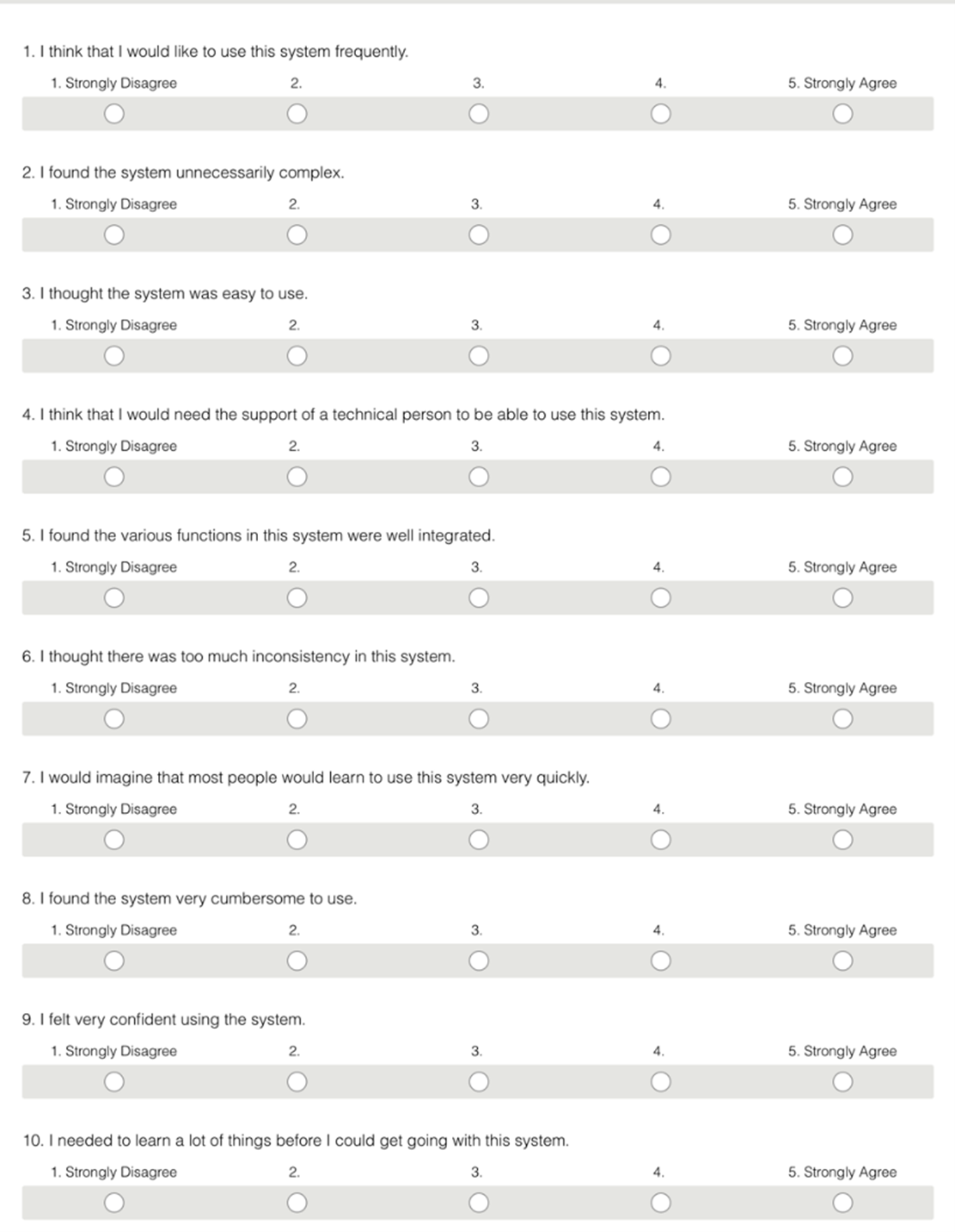
Published November 2023
In this blog Laura Williams navigates UX research and why it should be different within organisations vs. engaging with the public.
Traditional UX approaches and training are typically geared towards creating delightful experiences for end-users in the public. However, they often fail to prepare researchers for the unique challenges and nuances of internal projects within organisations. With a different audience, a touch of service design, and different objectives, UX researchers and designers who are new to internal projects may understandably feel a bit lost.
In this article, I’ll share insights that I have come across during my experience straddling both realms, exploring the unique roadblocks I encountered, and uncovering strategies that proved effective to me.
Difference in UX Goals
The shift in the objective for the project is perhaps the key difference that I experienced as a UX’er when shifting to an internal user base. For public end-users, the focus is likely on delight, creating an enjoyable experience for their limited stay, and ultimately boosting sales and conversion rates. We look at designing creative new concepts, creating a competitive advantage, and enhancing user’s relationship with the brand.
In contrast, internal UX concentrates on enhancing employee efficiency and productivity. The goal is to streamline processes and workflows, and making sure tasks can be done quickly with no friction. Internal employees don’t need to be ‘sold’ on the system with beautiful imagery or cutting-edge interactions as they usually don’t have any choice but to use it. We want them to relax when they see our system, rather than stress, and “think this is going to make my day easier”.

It’s harder to walk in the users shoes
When researching products for the public, relatability comes naturally as we can draw from personal experiences. I’ve hired a car before, I’ve booked a holiday before, as a pretty normal member of the public I can definitely add some context to the background of the project and my research questions. However, did I ever go through the 15 steps of implementing a government brief before? No, not even close. Access to comparable internal systems in other companies is of course restricted if they exist at all. Initial desk research and competitive analysis is very limited, usually leaving the researcher one step behind.
This gap in knowledge demands extensive pre-work and engagement with stakeholders and experts. Delving into intricate processes pushes us further into the realm of service design. We have to be ready to immerse ourselves in the team and work hard to cultivate empathy, asking questions and observing the team to really understand their daily work lives, the context in which they work, and the pain points they face.
Recruitment is easier
One big advantage that we feel with doing research internally is that recruitment becomes significantly easier due to the readily available pool of participants within the organization. I’ve found most of those with flexibility in their workday are so happy to spend an hour out of their workday to vent about their current systems and brainstorm on how it could be better. We don’t need to pay incentives as employees are already getting paid for their time, and its easy to follow up with them to ask further questions, check understanding of something or get screenshots of what they were referring to.
It is, however, harder to get time with more inaccessible groups such as ‘front-line workers’ who don’t have any time outside of their core activities. There’s always a risk that our research won’t include direct contact with this wide group of users. It is always worth getting as close to the source as possible, but sometimes settling for a team leader or manager is as good as it can get.
Despite this, because the project you are undertaking likely affects the participant directly, when we do get time with them, they are more invested in the outcome and put more thought into their answers. We can massively reduce risk by showing the user group what we’re doing at the design stage and the build stage to check if the new solution overcomes the pain points that they directly told us about, taking any sort of guesswork out of how users will react when it launches. A small user base that you engaged with during the development will be also able to give quick feedback as soon as they start using the solution, rather than having to wait for a longer period of time for uptake and to analyse conversion rates.
Culture can hinder honesty
Organisational culture can hinder the honesty of participants. Employees can withhold candid feedback or soften their opinions over concerns of repercussion, especially those in lower in the hierarchy positions, or those new to the organisation. Participants also may come to the research with scepticism based on prior experiences, for instance if they have witnessed a similar project fail in the past or are aware of constant push-back from the IT team. While it can be useful to learn about the barriers, it may limit their creativity and innovative thinking.
The trick here is in building rapport and trust during the introduction to the research, the invitation to the session, and the pre-amble during session. You want to make employees feel safe to express thoughts freely and candidly and assure them that they’re feedback is anonymous.
“…Before we dive into the session, I want to emphasize that this is an informal and confidential session. I’m recording this session purely for notetaking purposes and the recording won’t be shared outside of the design team. All insights that are published will be anonymised. Your feedback is crucial in designing something that works well for you so I want to hear your genuine thoughts. Please feel free to express yourself candidly…” – Part of an opener for a research session
Challenges in metrics and measuring
Unlike public facing projects where the focus is on sales and conversion, it is much harder to quantitively measure an improvement in productivity and effectiveness. It’s easy to see that our new modern solution is a big improvement on the creaky old system that used to exist, but it’s important for us to quantify the success to show the return on investment.
There are ways of measuring success that should be defined and benchmarked at the beginning of the project. Firstly, enquire about whether there are any analytics software installed, and if not get it added to the solution to get some baseline analytics and insight into usage. To gather some quantitative analysis, you can record the amount of time it takes to do key tasks before and after the launch of the new system, or measure improvement with a single usability metric by sharing a SUS score survey before and after the solution launches.

The value of UX
One final, and arguably most important skill to master, is the art of convincing stakeholders of the value of UX Research. Research is still fairly new in the industry and while it is definitely growing, the additional time and budget can be frowned upon as unnecessary extras. By bridging the gap between research and tangible improvements and demonstrating how much we can lower risk when we test our solution with users before launch, internal UX research becomes a transformative force within organisations.
Like what you see?
As you can see, researching with public users vs internal employees does require an adjustment of skills. Staring at complicated process maps and trying to decrypt all of the abbreviations can be intimidating on day 1 but rest assured that after a few projects, and immersing yourself with your users, your new approach will be become familiar way faster than you expect.
If you’re interested in conducting research for your new Microsoft 365 solution, check out our offerings below.
When you’re ready to chat, contact us and we’d love to help!
About the author
Laura Williams is a UX Consultant at Engage Squared with 7 years experience applying UX principals to Microsoft technologies. She has a strong passion for crafting intuitive and beautiful experiences that people enjoy using, she is dedicated to aligning people’s work technology with their everyday digital interactions. Laura’s mission is to design effortless systems, allowing users to concentrate on their tasks without any burdening thoughts into how the interface works.
Laura is based in Byron Bay where she spends a lot of time in the ocean. Outside of the office, you can find her on camping adventures or cooking with her chef boyfriend.


